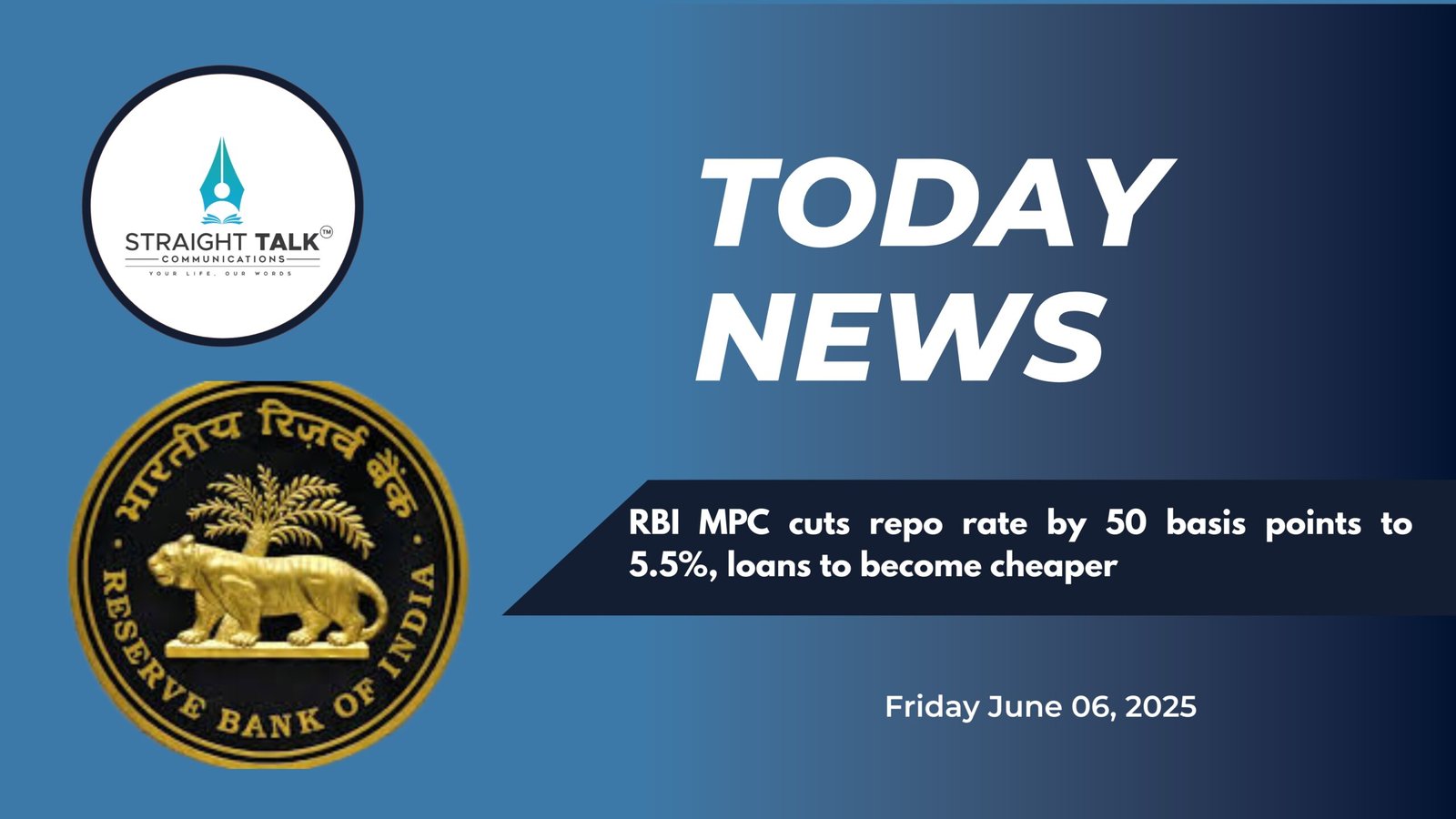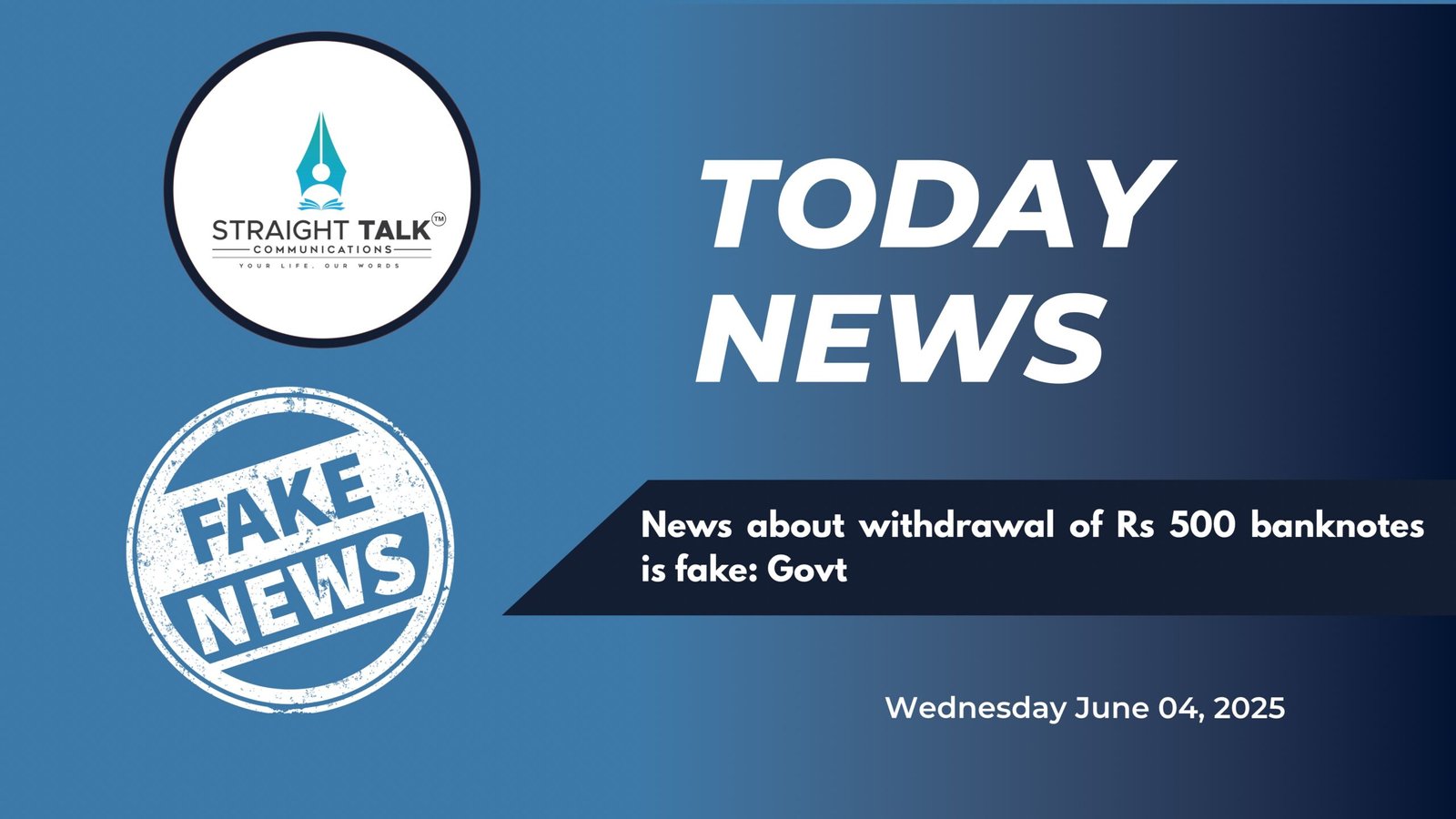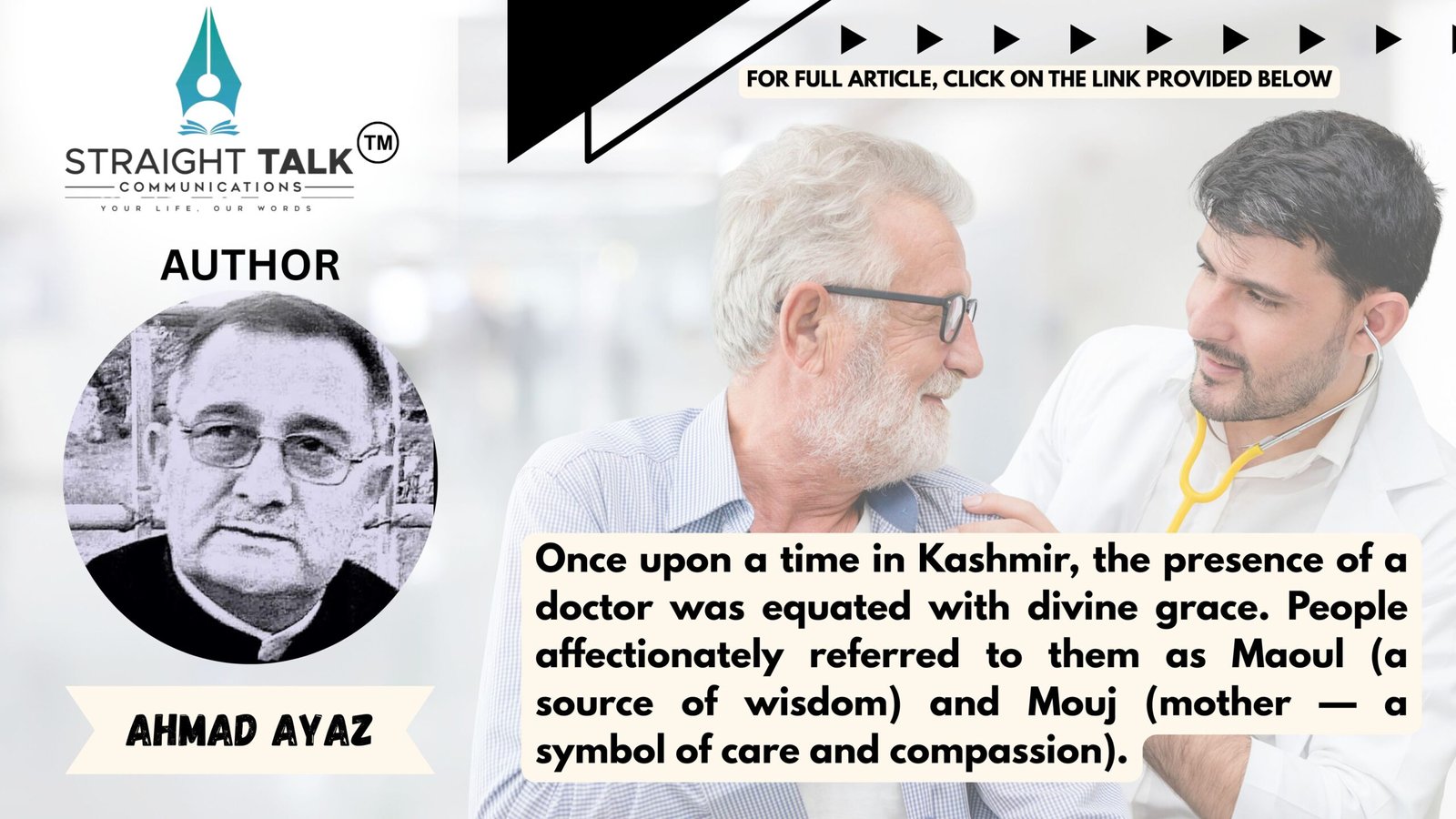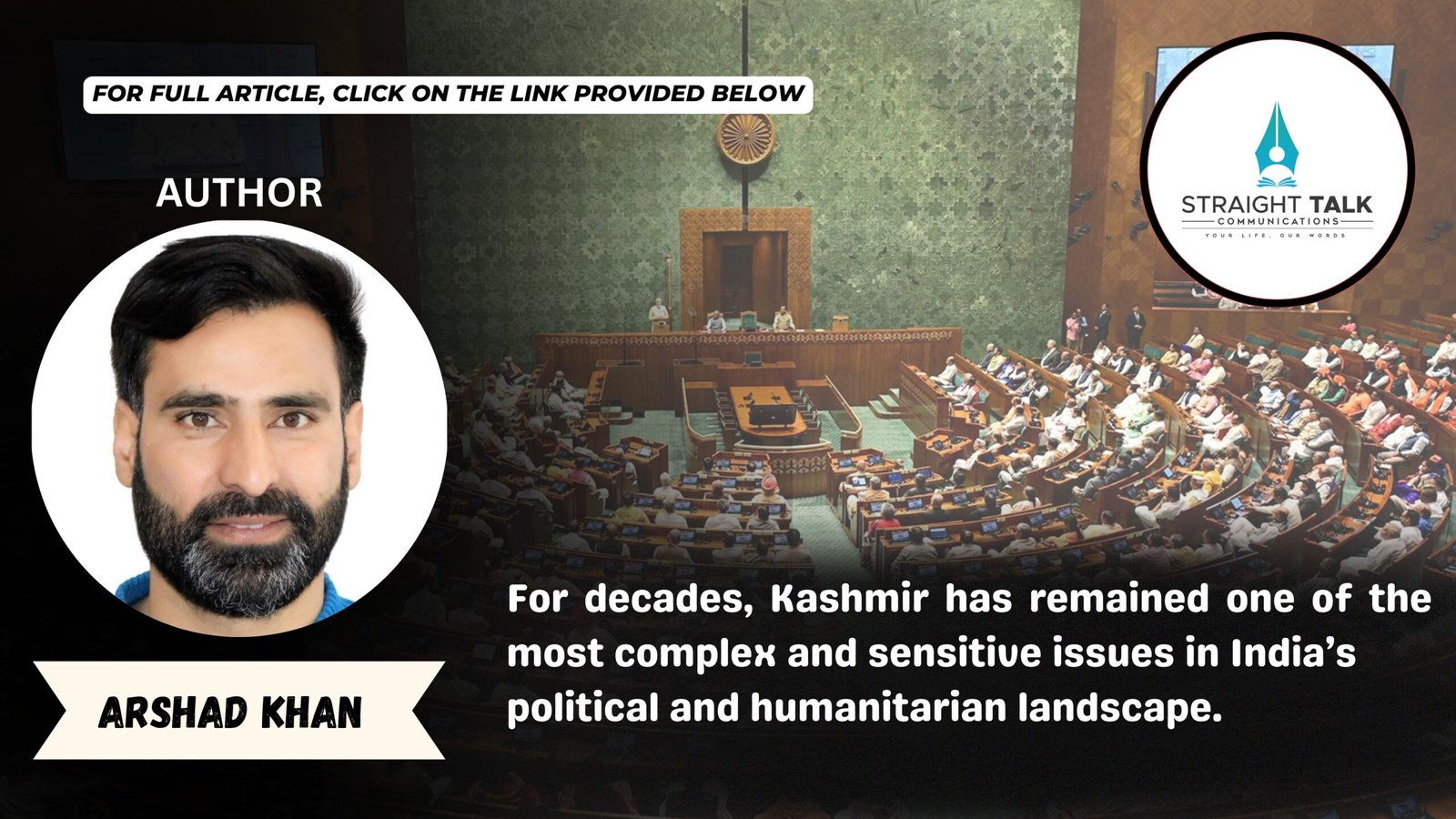The Tragedy of Healthcare in Jammu & Kashmir and the Ethics of Triage
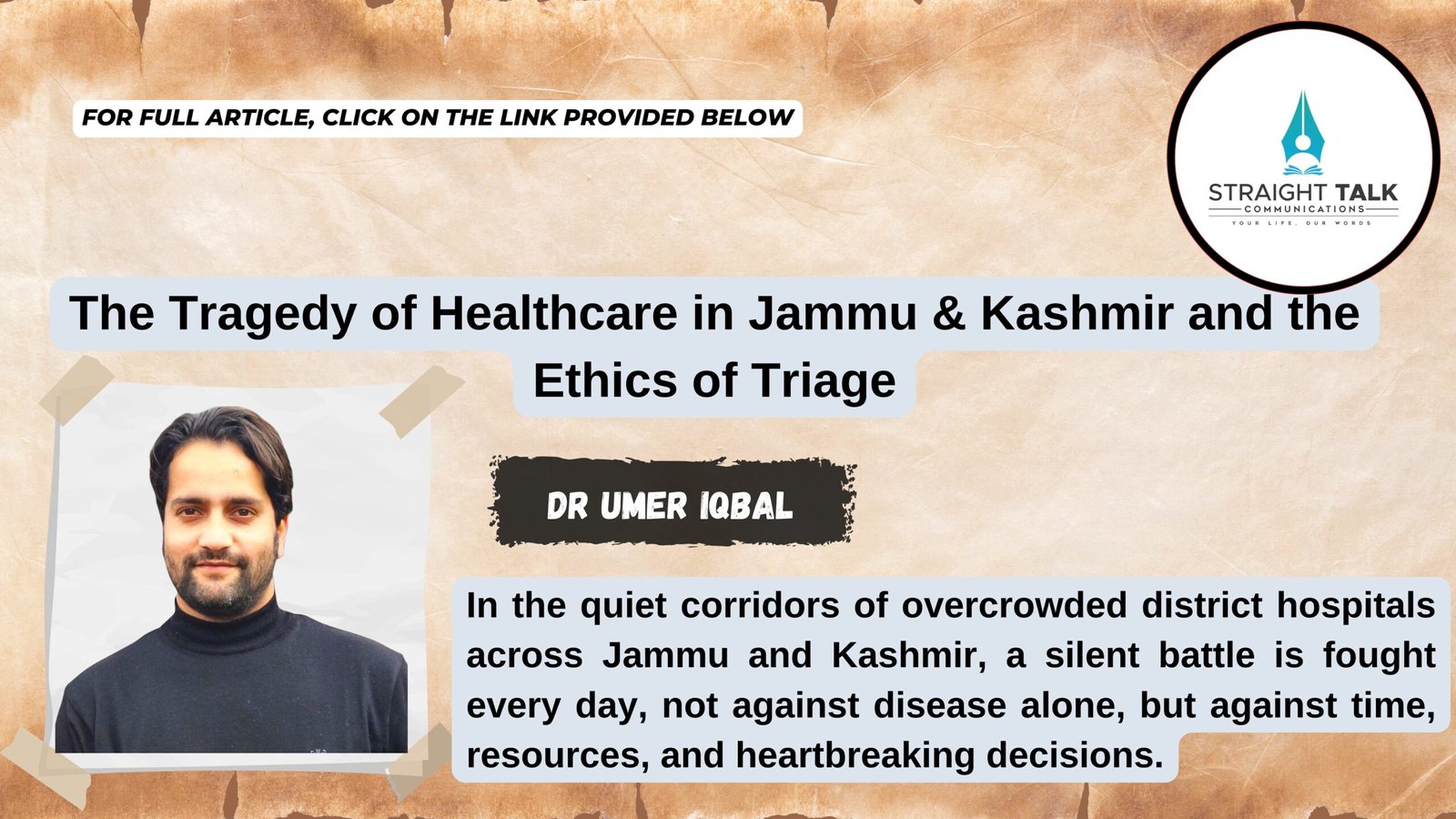
Dr Umer Iqbal
In the quiet corridors of overcrowded district hospitals across Jammu and Kashmir, a silent battle is fought every day, not against disease alone, but against time, resources, and heartbreaking decisions. One such decision doctors frequently face is triage, choosing whom to treat first, whom to try to save, and, tragically, whom to let go.
This is not just a clinical decision. It is an ethical storm, wrapped in the larger question: why must life be weighed and prioritised? Thanks to Dr Shahnawaz, who helped me understand certain nuances.
In emergencies, especially during disasters, wars, or overcrowded healthcare settings, triage is the only tool that brings order to chaos. Doctors are trained to save the most lives, not necessarily every life. Hence, when two patients arrive viz an 80-year-old with multiple organ failure and a 25-year-old with a treatable injury, the younger, with higher survival chances, will often be prioritised.
Why? It’s not about valuing one life more than another. It’s about survival probability, resource optimisation, and long-term life potential. A younger body heals faster. A patient with fewer comorbidities is more likely to survive surgery. These aren’t choices of the heart. They’re decisions of necessity.
But here’s the catch. Such dire decisions are made more frequently in regions where the healthcare system is already bleeding, such as the district hospitals of Jammu and Kashmir.
SKIMS and SMHS hospitals in Srinagar stands as a beacon of advanced medical care, equipped with specialist doctors, modern diagnostic facilities, and ICUs. But outside of Srinagar and Jammu city, district hospitals resemble neglected outposts of a system that’s supposed to heal.
Why, more than 75 years after Independence, do districts in J&K still lack SKIMS/SMHS-level healthcare infrastructure? The answer lies in systemic gaps, political negligence, uneven funding, and a profound lack of will.
There are loopholes by way of Policy vs. Implementation Gap. Successive governments have announced health missions, upgraded PHCs on paper, and launched new schemes. Yet, plans are rarely implemented in full. Equipment is sanctioned, but never arrives. Doctors are posted, but rarely report. Funds are allocated, but get lost in bureaucratic labyrinths.
There is definitely a lack of political pressure. While urban hospitals benefit from public visibility and media attention, rural hospitals suffer in silence. The absence of strong public advocacy from remote regions allows neglect to fester.
Yes, there is shortage of manpower. Even when district hospitals have beds and buildings, they lack qualified specialists, anaesthetists, radiologists, and critical care experts. Many prefer to stay in cities due to lack of incentives, housing, or security.
There is corruption and management, as multiple audits have exposed diversion of funds, ghost hospitals on paper, and inflated procurement bills. There’s money, but it rarely reaches the patient’s bedside.
Healthcare needs to be localised. But policies are often decided in Delhi or Srinagar, with little input from ground-level stakeholders, including district medical officers or village health workers who understand the pulse of their communities.
A bitter irony that we have independence without infrastructure. India may have gained independence in 1947, but freedom from poor health infrastructure is still a dream for many in J&K’s districts. A mother walking miles to reach a hospital only to find no gynaecologist. A patient dying due to delayed referral to Srinagar. A young boy with a fractured spine having to wait for ambulance approval for 6 hours. These are not exceptions, they are the norm.
Let us not pretend that triage is only an ethical theory. It is a brutal reality made worse by systemic neglect. If every district hospital had basic ICU facilities, trauma care, oxygen plants, and specialists, doctors would not be forced to choose between saving a 16-year-old and watching a 65-year-old suffer. Triage happens everywhere. But in developed countries, it happens when systems are truly overwhelmed, not by default every day.
It is time to decentralise healthcare power by way of empowering elected leaders, and district authorities to make real-time decisions, with flexible funds. Rural postings should be made attractive by offering real incentives viz accommodation, safety, career boosts, and family facilities. Transparency by way of real-time audits, citizen watchdogs, and open dashboards can help track progress.
In the final analysis, a doctor’s painful triage choice is just the tip of the iceberg, the visible tragedy of a deeper systemic failure. No doctor wants to choose youth over age. No life is worth less. But when hospitals are starved of staff and support, triage becomes a daily dilemma rather than an emergency protocol.
Until the government, civil society, and media recognise that healthcare is not a privilege but a right, district hospitals will continue to be ghostly halls of silent suffering. India became independent in 1947. But true healthcare freedom, where no doctor has to choose who gets to live, still awaits its turn.
Let the pulse of progress reach every village. Let no life be lost to neglect.
Dr Umer Iqbal is Editor Straight Talk Communications. He can be mailed at editor@straight-talk-communications.com


